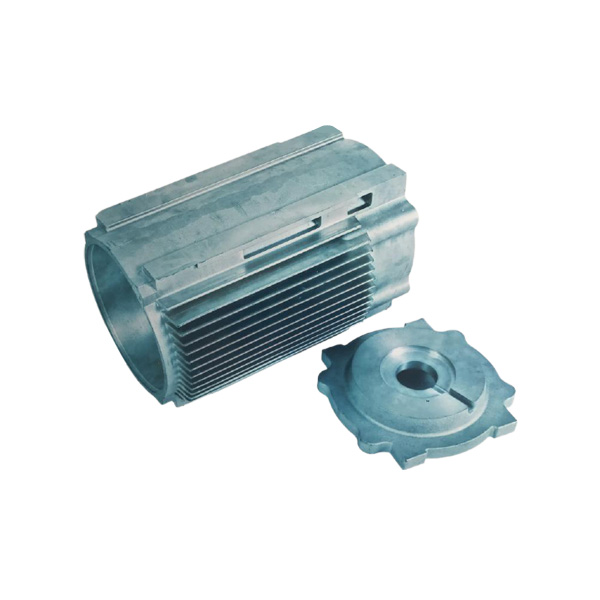Key Points about Motor Housing
2024-07-10
Motor housing, also known as a motor casing or motor enclosure, is a crucial component of electric motors. It serves multiple purposes, including protecting the internal components of the motor, providing structural integrity, and facilitating heat dissipation. Here are some key points about motor housing:
1. Protection: The housing protects the motor's internal components, such as the stator, rotor, and bearings, from external contaminants like dust, moisture, and debris.
2. Heat Dissipation: Many motor housings are designed with fins or other features to help dissipate heat generated during operation, preventing overheating and ensuring efficient performance.
3. Material: Motor housings can be made from various materials, including cast iron, aluminum, and steel. The choice of material depends on factors like the motor's application, size, and environmental conditions.
4. Mounting: The housing typically includes features for mounting the motor in place, such as flanges, feet, or brackets, allowing it to be securely attached to machinery or equipment.
5. Types: There are different types of motor housings based on the motor's application and environment, including totally enclosed fan-cooled (TEFC) housings, open drip-proof (ODP) housings, and explosion-proof housings.
6. Design: The design of the motor housing can impact the motor's efficiency, noise levels, and durability. Proper design ensures optimal performance and longevity of the motor.



